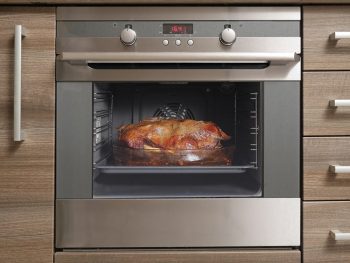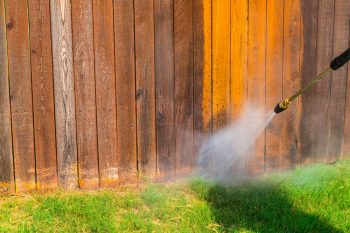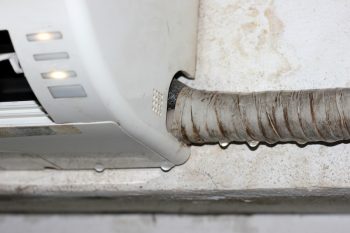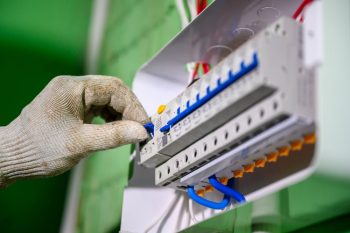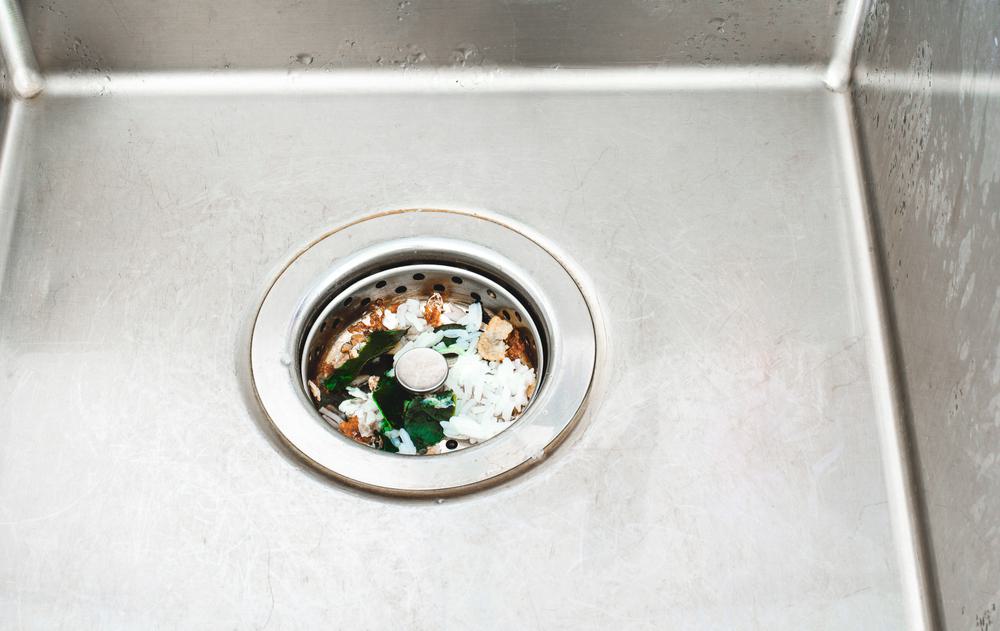
Garbage disposal units are a popular and convenient kitchen appliance used to break down food waste into small particles that can be easily flushed down the drain. But have you ever wondered where exactly does a garbage disposal drain? Let’s delve into the details.
A garbage disposal drains through the waste line connector, which is located in the lower hopper chamber of the disposal unit. This connector links the garbage disposal to the drain pipe, which includes a P-trap or U-trap to prevent clogs. The drain pipe then leads to your home’s main sewer line, allowing the ground-up food waste to be safely carried away.
Understanding the Garbage Disposal Drain
A garbage disposal drains through the waste line connector, which is located in the lower hopper chamber of the disposal unit. This is the last section that food travels through before exiting into your plumbing system. The waste line connector connects the garbage disposal to the drain pipe, which typically includes a P-trap or U-trap. This trap assembly is located on the waste discharge side of the disposal and helps prevent clogs. The drain pipe then leads to your home’s main sewer line, allowing the ground-up food waste to be safely carried away.
How Does a Garbage Disposal System Work?
A garbage disposal system, also known as a waste disposal unit or food waste disposer, is an electrically powered device installed under a kitchen sink to grind and break down food waste into small particles that can be easily flushed down the drain. Contrary to popular belief, garbage disposals do not have spinning blades. Instead, they use impellers or lugs mounted on a spinning plate to generate centrifugal force, which continuously pushes food waste particles against a stationary grind ring.
The grind ring breaks down the food waste into very fine particles, virtually liquefying them. As the particles are ground, running water flushes them through the grind ring and out of the disposer, eventually entering the wastewater pipe. From there, the waste flows to a wastewater treatment plant or a septic system.
Common Issues with Garbage Disposal Drains
Common issues faced with the draining process of a garbage disposal unit include blockage or clogging in the drainpipe, jamming due to foreign objects or tough food scraps, overloading, electrical issues, faulty seals in the mounting, hoses, or pipe connections, and clogs in the drain pipe. To address these issues, you may need to clear the drainpipe, remove any foreign objects causing jams, avoid overloading the unit, check for electrical issues, inspect and repair faulty seals, and remove clogs in the drain pipe.
Ensuring Proper Draining of Garbage Disposal
To ensure that your garbage disposal drains properly, follow these maintenance tips:
- Run the garbage disposal regularly.
- Clean the garbage disposal every two weeks.
- Use ice cubes and salt for cleaning.
- Freshen the garbage disposal with baking soda and vinegar.
- Avoid putting grease, eggshells, coffee grounds, and starchy materials in the disposal.
- Use plenty of water.
- Don’t overfill the disposal.
Practices to Avoid for Effective Garbage Disposal
To maintain the effectiveness of a garbage disposal drain, you should avoid grinding non-biodegradable materials, using hot water while grinding, grinding fibrous or starchy foods, pouring grease or oil down the drain, overfilling the disposal, using harsh chemicals, and neglecting regular maintenance.
Addressing Minor Issues with Garbage Disposal Drain
To address minor issues with a garbage disposal drain, homeowners can check for clogs, reset the garbage disposal, inspect electrical connections, clear the drain trap, address leaks, maintain the disposal, and sharpen the blades.
Benefits of Having a Garbage Disposal Unit
Having a garbage disposal unit in a home’s plumbing system offers several benefits such as protecting kitchen drains and pipes, providing convenience, reducing odors, decreasing trash volume, contributing to environmental benefits, and offering affordability and longevity.
In conclusion, understanding where a garbage disposal drains and how to properly maintain it can help ensure its longevity and effectiveness. So, next time you use your garbage disposal, you’ll know exactly where those food scraps are going!
Frequently Asked Questions
What is the purpose of a P-trap or U-trap in the drainpipe?
The P-trap or U-trap serves a critical role in preventing sewer gases from entering your home. The trap holds a small amount of water that forms a seal to block the gases. It also catches heavier items that accidentally go down the drain, preventing them from clogging the main sewer line.
What should I do if my garbage disposal unit is not grinding properly?
If your garbage disposal unit is not grinding properly, it could be due to dull impellers. You can try sharpening the impellers by grinding a few cups of ice cubes mixed with salt. If the issue persists, you might need to call a professional to inspect the unit.
How often should I clean my garbage disposal unit?
It’s recommended to clean your garbage disposal unit every two weeks. Regular cleaning helps to prevent buildup and odors.
Is it safe to use chemical drain cleaners in my garbage disposal?
It is not advised to use chemical drain cleaners in your garbage disposal. These chemicals can damage the disposal and pipes. Instead, use a natural cleaning solution of baking soda and vinegar.
Can I put all types of food waste in my garbage disposal?
No, not all types of food waste are suitable for a garbage disposal. Avoid putting grease, eggshells, coffee grounds, and starchy materials like pasta and rice in the disposal as they can cause clogs. Fibrous materials like corn husks and celery can also tangle and jam the disposal.
What are the environmental benefits of using a garbage disposal unit?
Garbage disposal units can contribute to environmental benefits by reducing the amount of food waste that ends up in landfills. This helps to lessen the production of methane, a potent greenhouse gas. Also, the ground-up food waste can be processed at wastewater treatment plants and potentially converted into biosolids and biogas.


